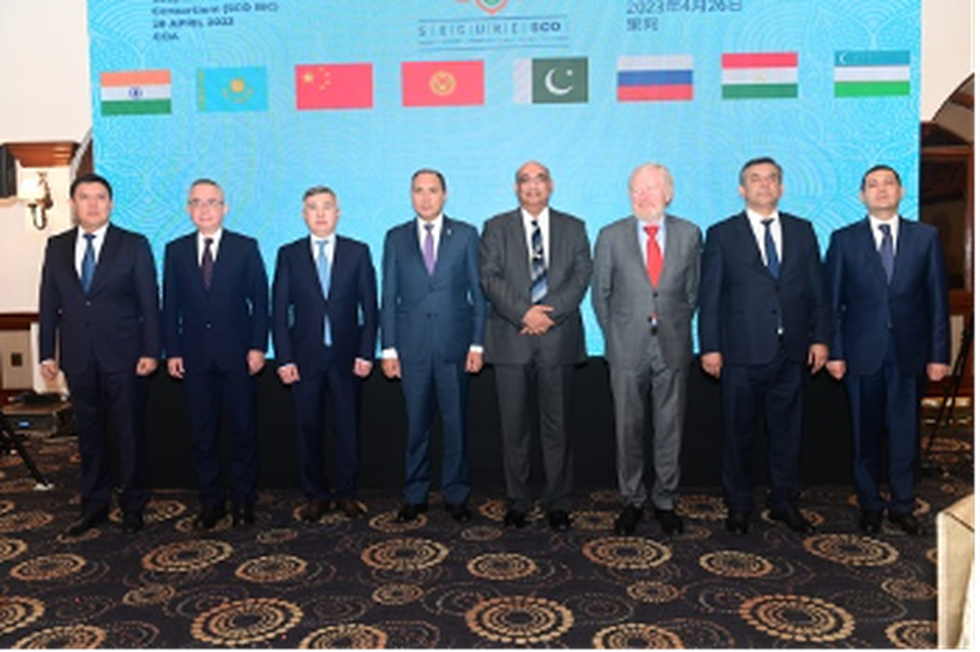
About SCO Interbank Consortium:
- It was established by the member countries of the Shanghai Cooperation Organisation on 26 October 2005.
- It provides funding and bank services for investment projects sponsored by the governments of the SCO member states.
- The main objectives of the consortium are to provide financial services, promote trade, and facilitate investment among the member states.
- The SCO IBC Council meets ad hoc upon the consensus of all of the parties at least once per year.
- The Presidency of the Council is carried out on a rotational basis.
- It consists of major banks from the member countries, such as the Industrial and Commercial Bank of China, the National Bank of Kazakhstan, and the Bank of Russia.
- The first meeting of the SCO Interbank Association was held in Beijing on 21–22 February 2006.
2. What are Quasars?
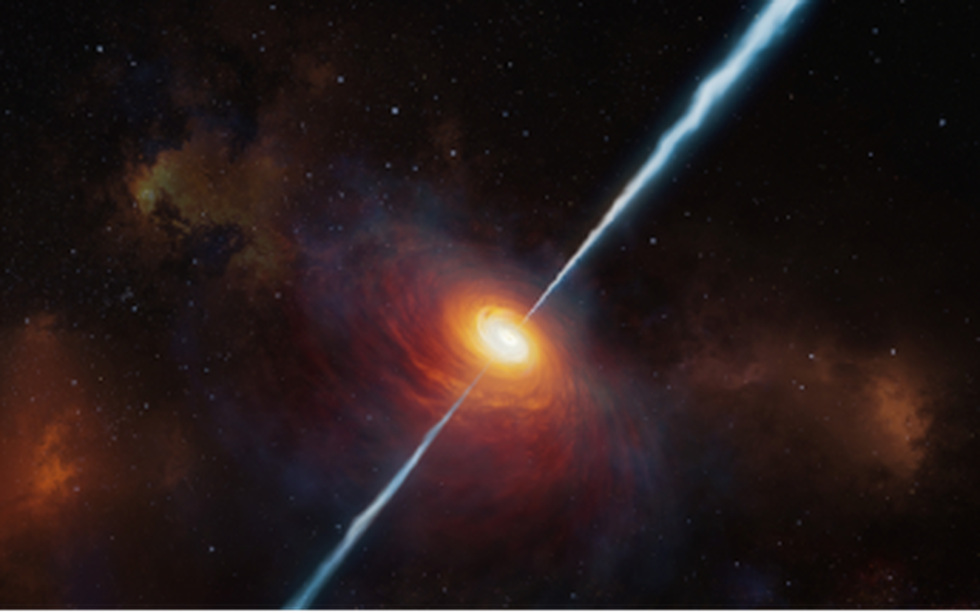
About Quasars:
- The quasi-stellar radio sources (Quasars) were first discovered six decades ago.
- These are very luminous objects in faraway galaxies that emit jets at radio frequencies.
- They are located in supermassive black holes, which sit in the centre of galaxies.
- These are formed by the energy emitted by materials spiralling around a black hole right before being sucked into it.
- Most quasars are larger than our solar system. A quasar is approximately 1-kilo parsec in width.
- When galaxies collide, it pushes the gas from the outer reaches of the galaxies to the centre.
- As the supermassive black hole gorges on the gas, it releases ferocious fountains of energy in the form of radiation, leading to the quasar.
What is a Blackhole?
- A black hole is an area in space with extremely intense gravity from which even light cannot escape.
- A black hole can be formed by the death of a massive star.
- Examples of a black hole are Cygnus X-1 and Sagittarius A*
3. North Sea summit
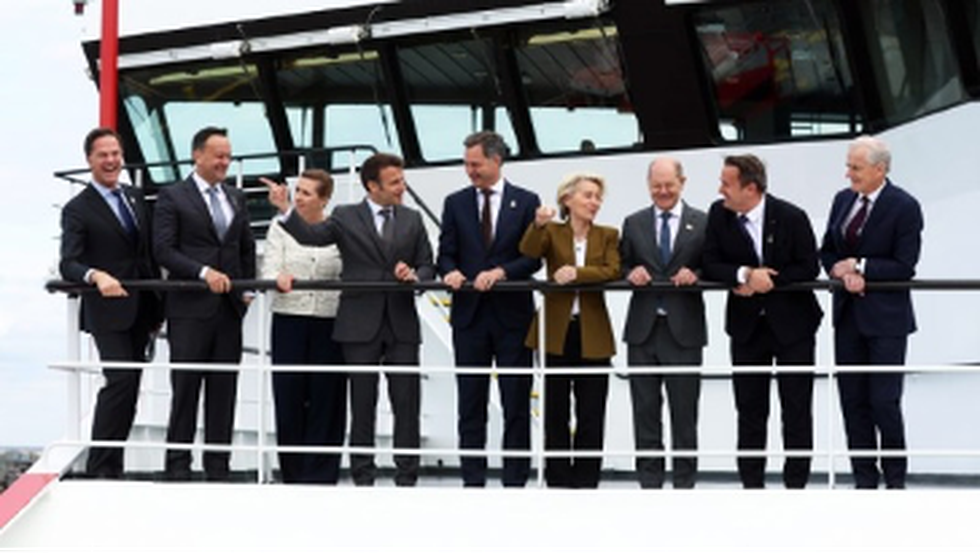
About the North Sea Summit:
- It is the second summit which was held in the city of Ostend.in
- Participant countries: Belgium, Denmark, France, Germany, Ireland, Luxembourg, Netherlands Norway, and the United Kingdom
- Objective: To make the North Sea the largest green energy centre in Europe by accelerating the deployment of offshore wind turbines.
- The summit sets ambitious targets including the production of at least 120 gigawatts (GW) of offshore wind energy in the North Sea by 2030
- The first summit in 2022 had Esbjerg Declaration which was held in Denmark.
Key Facts about the North Sea
- It is the northeastern arm of the Atlantic Ocean located between the British Isles and the mainland of northwestern Europe.
- It is bordered by
- The island of Great Britainto the southwest and west.
- The Orkney and Shetland Islands are to the northwest.
- Norwayto the northeast, Denmark to the east.
- Germany and the Netherlands to the southeast.
- Belgium and Franceto the south.
- It is connected to the Atlantic by the Strait of Dover and the English Channeland opens directly onto the ocean between the Orkney and Shetland Islands and between the Shetland Islands and Norway.
4. World Development Report 2023
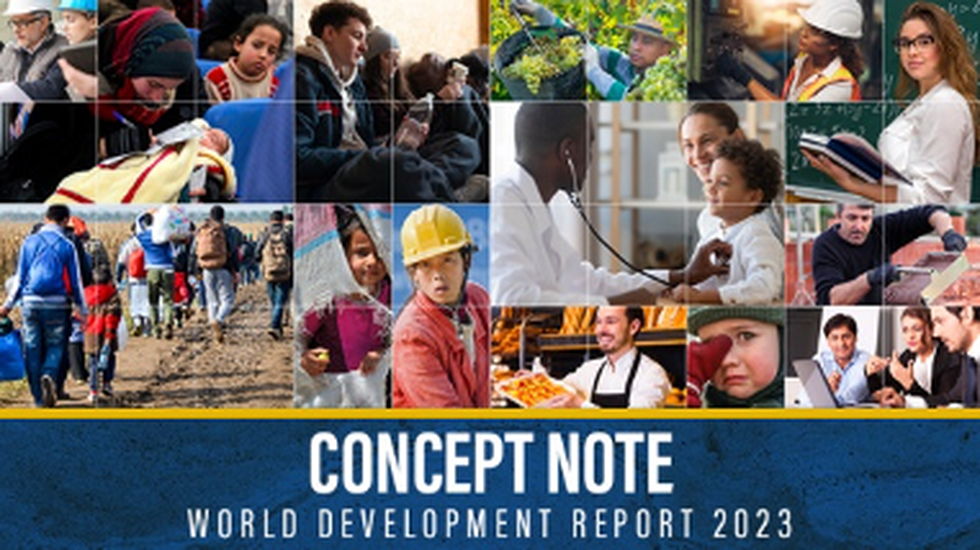
Key Highlights of the Reports:
- About 2.3 per cent of the world’s population—184 million people, including 37 million refugees—live outside their country of nationality.
- It found that low-skilled Indians who migrated to the United States tended to see a significant gain in their income of around 500%.
- The gains for highly-skilled workers such as engineers or doctors are much higher, however, low-skilled workers are also finding themselves having a multi-fold jump in their income.
- It categorised the migrants into four types – Refugees with skills in demand, economic migrants with skills that match with demand, distressed migrants and
- India-US, India-Bangladesh and India- Gulf Cooperation Council have been considered among the top migrant corridors.
Key Facts about World Bank
- It is an international financial institution that provides loans and grantsto the governments of low and middle-income/developing countries to pursue capital projects.
- It was established along with the IMF at the 1944 Bretton Woods Conference.
- The WB Group Includes
- International Bank for Reconstruction and Development (IBRD): It provides loans, credits and grants.
- International Development Association (IDA): It provides low or no-interest loans to low-income countries.
- International Finance Corporation (IFC): It provides investment, advice and asset management to private companies and governments.
- Multilateral Guarantee Agency (MIGA): It ensures lenders and investors against political risks such as war.
- International Centre for the Settlement of Investment Disputes (ICSID): It settles investment disputes between investors and countries.
- India is not a member of ICSID.
5. Lesser flamingo
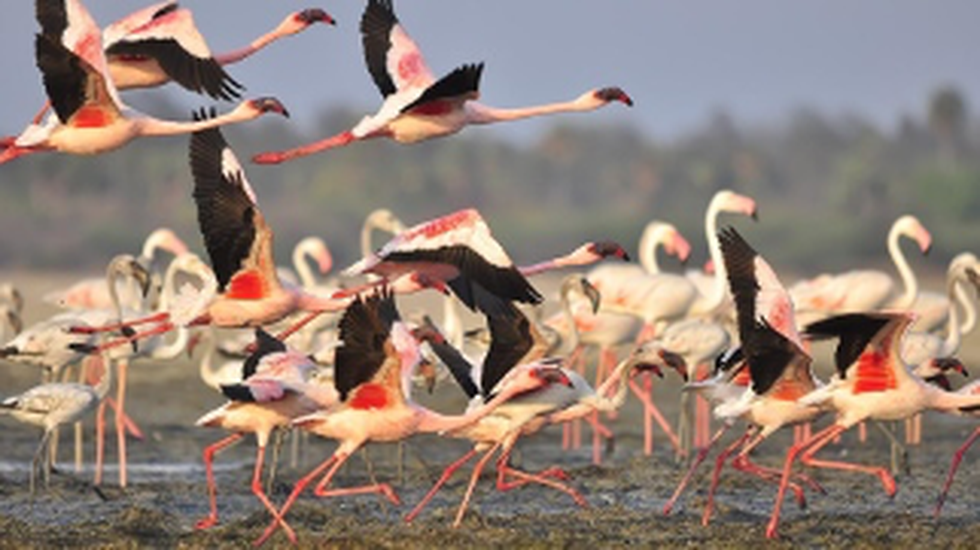
About Lesser Flamingo:
- It is the smallest of all flamingos but has the largest population.
- It possesses the "hallux" or hind toe that some other flamingos do not have.
- Males are a little taller than females.
- Habitat: It inhabits coastal and inland wetlands.
- Geographical distribution: Africa, Asia continents and in that especially Sub-Saharan Africa, South Asia, North Africa
- They mostly eat blue-green algae but occasionally will take crustaceans and small insects.
- It is serially monogamous, meaning they form pairs that remain together while they are raising the young
- Conservation status
- IUCN: Near Threatened
Key Facts about the Pulicat Lake
- It is the second-largest brackish water lake in the country.
- It lies at the border of the states of Andhra Pradesh and Tamil Nadu. (Majorly lies in Andhra Pradesh)
- The long and narrow Sriharikota Island, which separates Pulicat Lake from the Bay of Bengal,
- It is popular as a flamingo-watching site and for water activities.
- Both the South West and North-East monsoons provide rain to the area where Pulicat Lake is located.
6. Central Drugs Standard Control Organization (CDSCO)
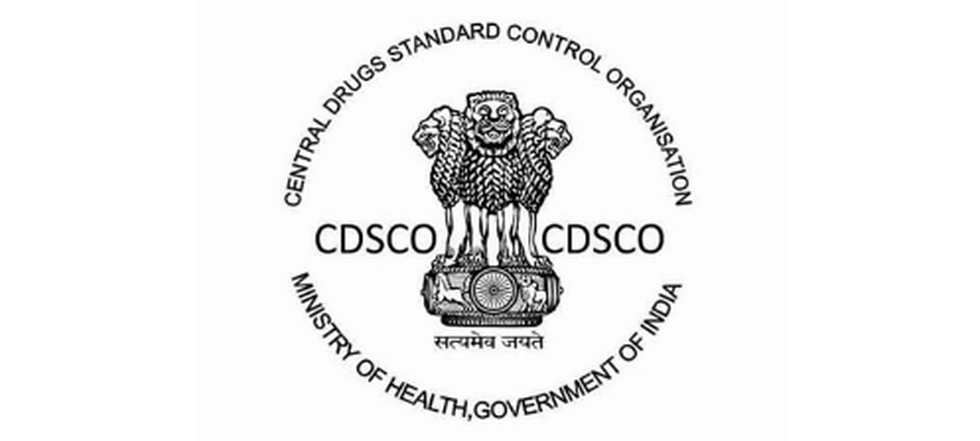
About Central Drugs Standard Control Organization (CDSCO):
- It is the National Regulatory Authority (NRA) of India for the medical devices industry under the provisions of the Drugs & Cosmetics Rules.
- It works under the Ministry of Health & Family Welfare.
- Drugs Controller General of India (DCGI) is the head of the CDSCO.
- Headquarters: New Delhi.
- Under the Drugs and Cosmetics Act, CDSCO is responsible for,
- Approval of New Drugs;
- Conduct of Clinical Trials;
- Laying down the standards for Drugs;
- Control over the quality of imported Drugs in the country;
- Coordination of the activities of State Drug Control Organizations;
- CDSCO, along with state regulators, is jointly responsible for the grant of licenses of certain specialized categories of critical Drugs such as blood and blood products, I. V. Fluids, Vaccine and Sera.
7. Konark Sun Temple
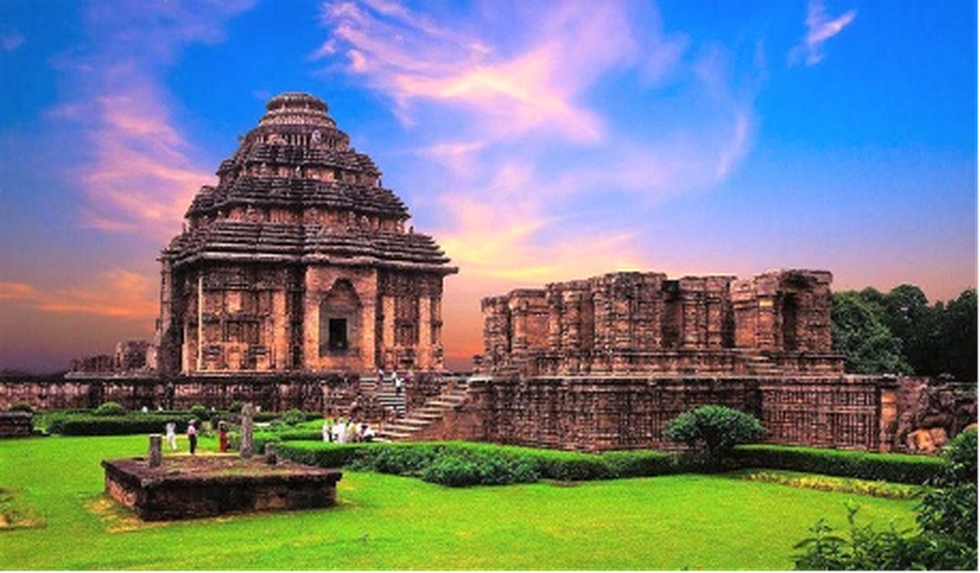
About Konark Sun Temple:
- Location: It is located on the coastline of Odisha in Puri district.
- It was built by King Narasimha Deva I of the Eastern Ganga Dynasty in 1244.
- It was given the status of a World Heritage Site in 1984 by UNESCO.
- Features:
- Also called the Surya Devalaya, the temple is dedicated to the Hindu god Surya.
- It is a classic example of the Odisha style of Architecture or Kalinga Architecture.
- The temple complex has the appearance of a 100-foot high solar chariot, with 24 wheels and pulled by six horses, all carved from stone.
- It is oriented towards the east so that the first rays of the sunrise strike the main entrance.
- The wheels of the temple are sundials, which can be used to calculate time accurately to a minute.
- Around the base of the temple, there are images of animals, foliage, warriors on horses and other interesting structures.
- On the walls and roof of the temple, beautiful sensual figures are carve
- The temple, built from Khondalite rocks, is also known as 'BLACK PAGODA' due to its dark colour.
- The temple remains a site of contemporary worship for Hindus, during the annual Chandrabhaga Festival, around the month of February.
8. European Free Trade Association (EFTA)
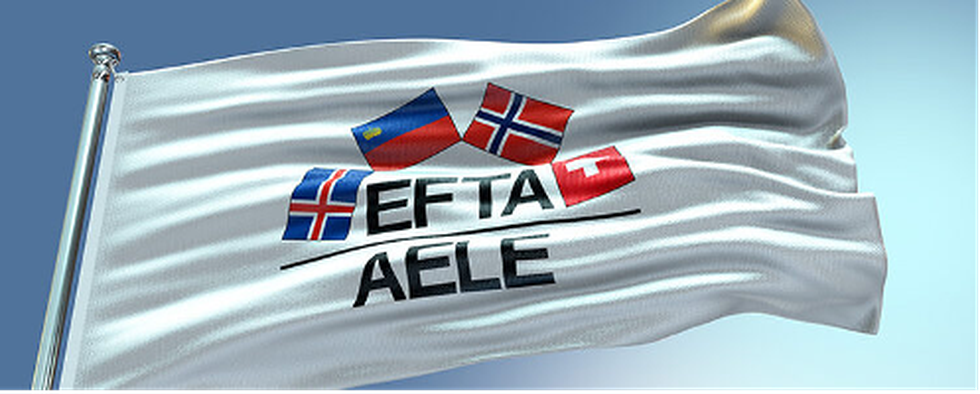
About European Free Trade Association (EFTA):
- It is an intergovernmental organization established in 1960 by the Stockholm Convention.
- Objective: Promotes free trade and economic integration between its members within Europe and globally.
- EFTA currently has 4 member countries: Iceland, Liechtenstein, Norway and Switzerland.
- The EFTA countries have developed one of the largest networks of Free Trade Agreements (FTAs). These FTAs span over 60 countries and territories, including the European Union (EU).
- In contrast to the EU, EFTA is not a customs union. This means that the individual EFTA States are free to set their own customs tariffs and arrange other foreign trade measures vis-à-vis the non-EFTA States.
- Governance Structure:
- EFTA’s highest governing body is the EFTA Council. It generally meets 8 times a year at the ambassadorial level and twice a year at the ministerial level.
- The headquarters of the EFTA Secretariat is located in Geneva. It assists the EFTA Council in the management of relations between the 4 EFTA States and deals with the negotiation and operation of EFTA’s FTAs.
- EFTA Surveillance Authority (ESA): It monitors compliance with European Economic Area (EEA) rules in Iceland, Liechtenstein and Norway.
- EFTA Court: It is based in Luxembourg and has the competence and authority to settle internal and external disputes regarding the implementation, application or interpretation of the EEA agreement.
What is the European Economic Area (EEA)?
- It consists of the Member States of the European Union (EU) and three countries of the European Free Trade Association (EFTA)(Iceland, Liechtenstein and Norway, excluding Switzerland).
- The Agreement on the EEA entered into force on 1 January 1994.
- It seeks to strengthen trade and economic relations between the member countries.
- It is principally concerned with the four fundamental pillars of the internal market, namely: the free movement of goods, people, services and capital.
9. Sanchi
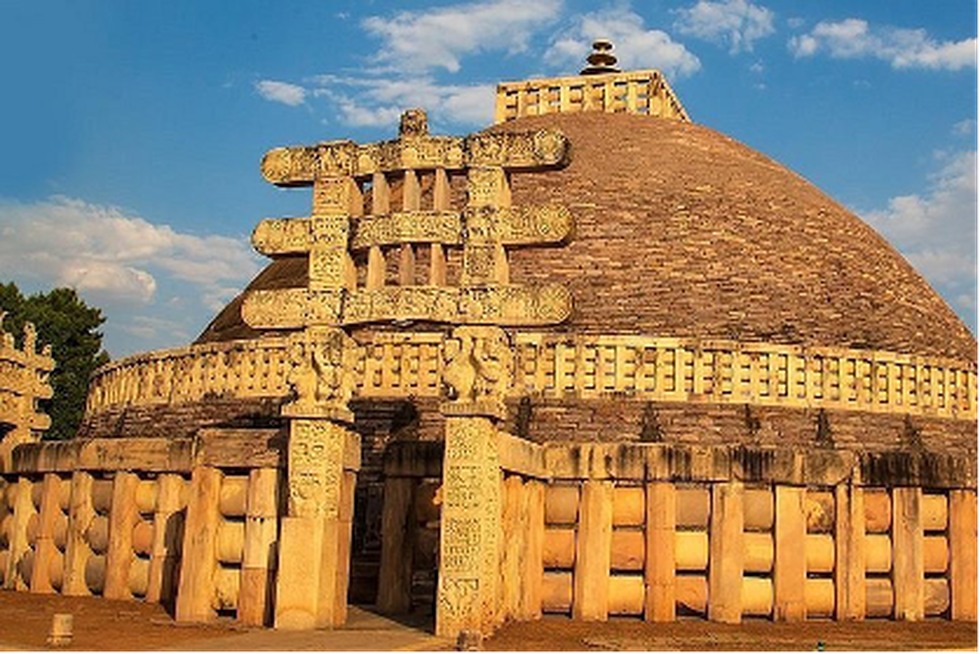
About Sanchi:
- Location:
- It is located in the Raisen district of Madhya Pradesh.
- It lies in an upland plateau region just west of the Betwa River.
- Importance:
- Sanchi is a religious place with historical and Archaeological significance.
- It has India’s best-preserved group of Buddhist monuments, collectively designated a UNESCO World Heritage site in 1989.
- Buddhist Monuments at Sanchi?
- The site of Sanchi comprises a group of Buddhist monuments (monolithic pillars, palaces, temples and monasteries), all in different states of conservation, most of which date back to the 2nd and 1st centuries B.C.
- It is the oldest Buddhist sanctuary in existence and was a major Buddhist centre in India until the 12th century A.D.
- The most prominent stupa found here is the Sanchi Stupa, also known as the Great Stupa.
- Other remains at the site include several smaller stupas, an assembly hall (chaitya), an Ashokan pillar with inscriptions, and several monasteries (4th–11th century CE).
Key Facts about Sanchi Stupa:
- It was built by the Mauryan emperor Ashoka in the third century BC.
- It enshrines religious relics or remains of the Buddha and his most revered disciples.
- Structure:
- It is enclosed by a massive stone railing pierced by four gateways, which are adorned with elaborate carvings (known as Sanchi sculpture).
- The stupa itself consists of a base bearing a hemispherical dome (anda), symbolizing the dome of heaven enclosing the earth.
- It is surmounted by a squared rail unit (harmika) representing the world mountain, from which rises a mast (yashti), symbolizing the cosmic axis.
- The mast bears umbrellas (chatras) that represent the various heavens (devaloka).
10. Baltic Sea
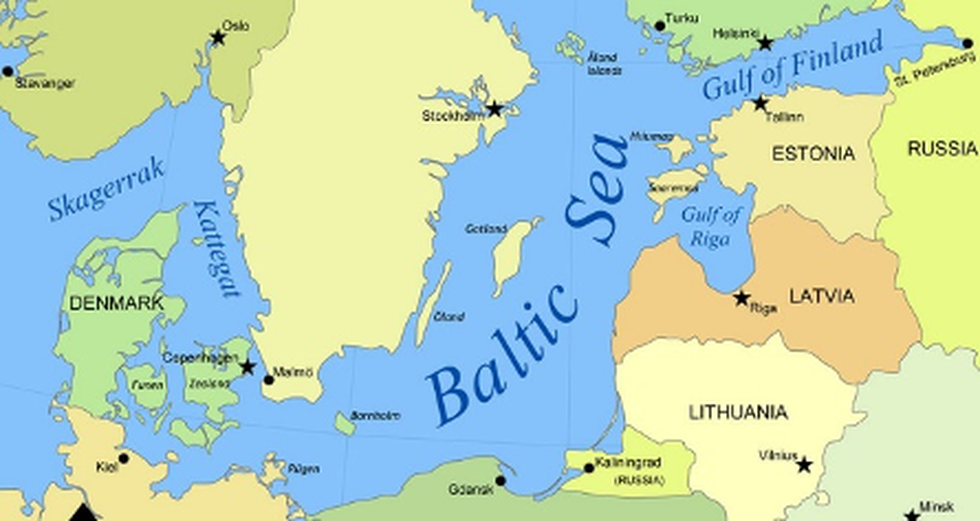
About Baltic Sea:
- It is part of the North Atlantic Ocean, situated in Northern Europe.
- It extends northward from the latitude of southern Denmark almost to the Arctic Circle and separates the Scandinavian Peninsula from the rest of continental Europe.
- The Baltic sea connects to the Atlantic Ocean through the Danish Straits.
- It is the largest expanse of brackish water in the world. Its water salinity levels are lower than that of the World Oceans due to the inflow of fresh water from the surrounding land and the sea’s shallowness.
- Surrounding Countries: Denmark, Germany, Poland, Lithuania, Latvia, Estonia, Russia, Finland and Sweden.
- Depth: Its depth averages 55 meters, and the deepest part is approximately 459 meters below the sea’s surface.
- The Baltic Sea contains three major gulfs: the Gulf of Bothnia to the north, the Gulf of Finland to the east, and the Gulf of Riga slightly to the south of that.
- More than 250 rivers and streams empty their waters into the Baltic Sea. Neva is the largest river that drains into the Baltic Sea.
- Islands: It is home to over 20 islands and archipelagos. Gotland, located off the coast of Sweden, is the largest island in the Baltic Sea.
What are the Baltic Nations?
- These are three countries of north-eastern Europe, on the eastern shore of the Baltic Sea.
- Baltic Nations are Estonia, Latvia and Lithuania.
- They are bounded on the west and north by the Baltic Sea, on the east by Russia, on the southeast by Belarus, and on the southwest by Polandand an exclave of Russia.



.jpg)

























































































































































.png)
.png)
.png)
.png)
.png)


.png)
.png)
.png)





.png)
.png)






.png)
.png)
.png)
.png)
.png)
.png)
.png)
.png)
.png)

.png)







.png)
.png)


.png)
.png)
.png)


.png)

.png)
.png)





.jpg)

.png)
.png)


.png)

.png)
.png)
.png)

.jpg)

.jpg)


.png)

.png)
.png)
.png)
.png)
.png)
.png)
.png)
.png)
.png)
.png)




.png)

.png)





.png)
.png)
.png)
.png)
.png)
.png)
.png)
.png)
.png)
.png)
.jpg)
.jpg)

.png)
.png)
.png)
.png)
.png)
.png)
.png)
.png)
.png)
.png)
.png)
.png)
.png)
.png)
.png)
.png)
.png)
.png)
.png)
.png)
.png)
.png)



.png)
.png)

.jpg)
.jpg)


.jpg)
.jpg)
.jpg)
.jpg)
.jpg)

.jpg)






.jpg)
.jpg)
.jpg)
.jpg)

















.jpg)
.jpg)







.jpg)


















.jpg)
.jpg)






























































































.jpg)
.jpg)


























.jpg)

.jpg)










.jpg)








.jpg)




.jpg)










.jpg)


















.jpg)












































.jpg)














.jpg)
.jpg)
.jpg)





.jpg)

.jpg)
.jpg)





































































.jpg)


































.jpg)
.jpg)
















































.jpg)












.jpg)


.jpg)




.jpg)
.jpg)
.jpg)

.jpg)
.jpg)
.jpg)
.jpg)

.jpg)
.jpg)
.jpg)

.jpg)
.jpg)
.jpg)
.jpg)
.jpg)
.jpg)
.jpg)
.jpg)

.jpg)


.jpg)
.jpg)
.jpg)
.jpg)
.jpg)
.jpg)
.jpg)
.jpg)
.jpg)
.jpg)











.jpg)
.jpg)





.jpg)
.jpg)
.jpg)
























.jpg)
























.jpg)









.jpg)
.jpg)







.jpg)
.jpg)









































.jpg)
.jpg)
.jpg)
.jpg)
.jpg)

.jpg)
.jpg)
.jpg)
.jpg)
.jpg)


.jpg)
.jpg)
.jpg)
.jpg)
.jpg)

.jpg)
.jpg)
.jpg)
.jpg)
.jpg)
.jpg)
.jpg)
.jpg)
.jpg)
.jpg)
.png)

.png)
.png)

.png)
.png)
.png)
.png)


.jpg)
.jpg)

.jpg)
.jpg)
.jpg)

.png)
.png)
.png)
.png)
.png)
.png)
.png)

.png)
.png)
.png)
.png)
.png)
.png)
.png)
.png)
.png)
.png)





































































-min.png)



.png)




.png)








































